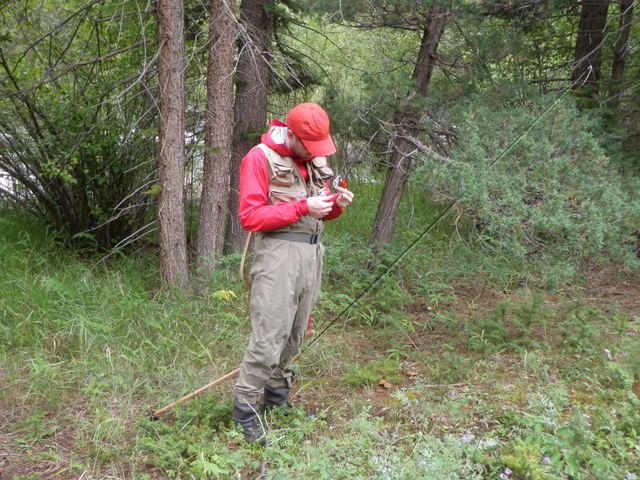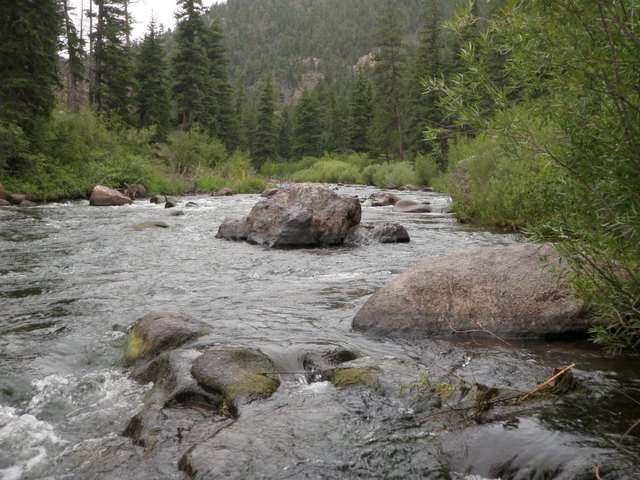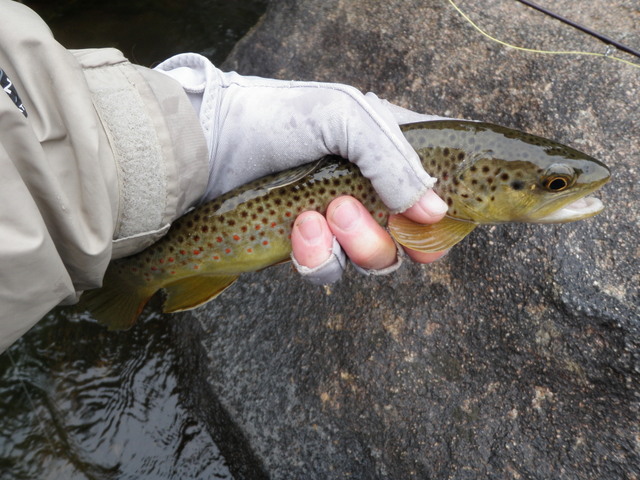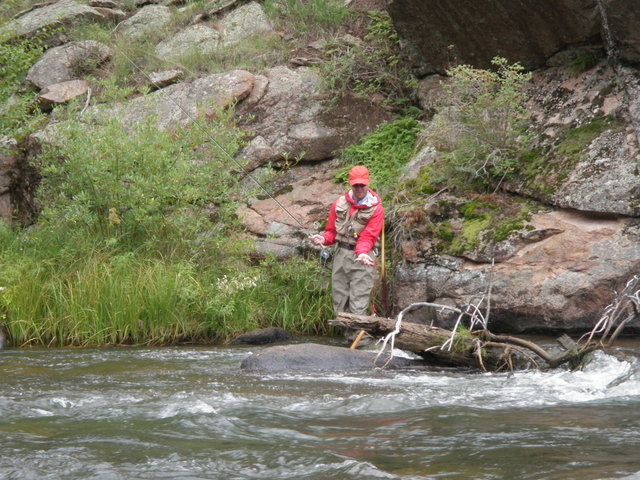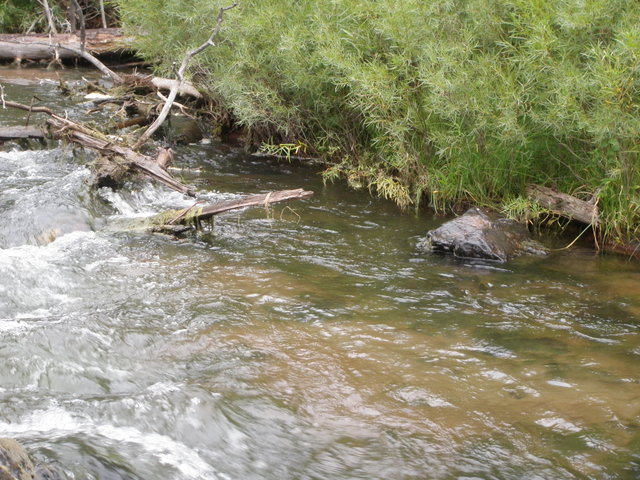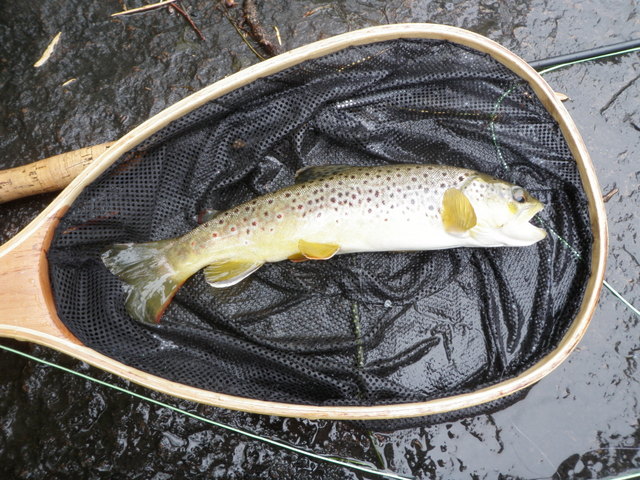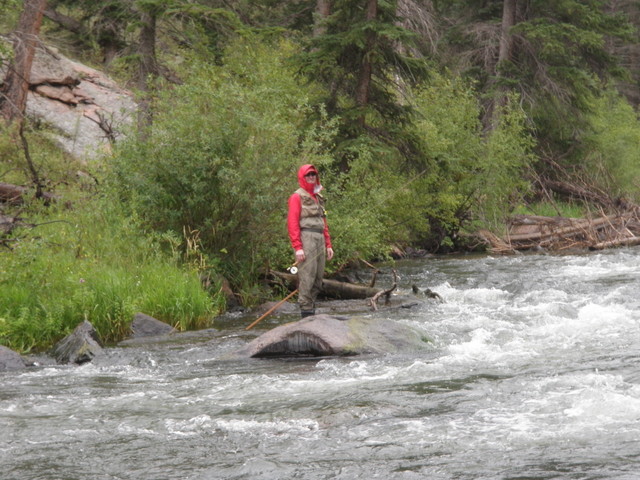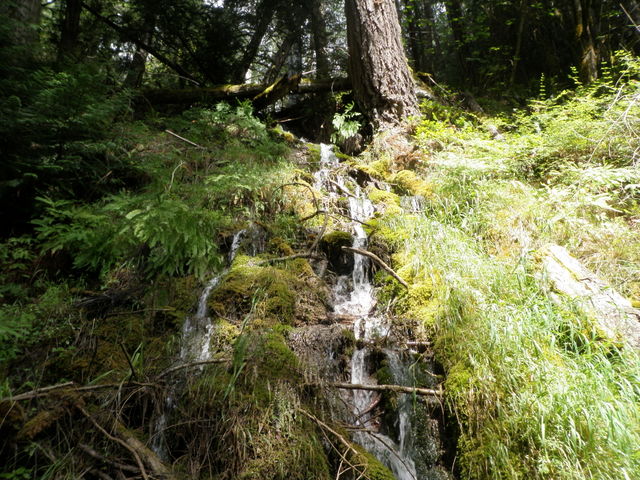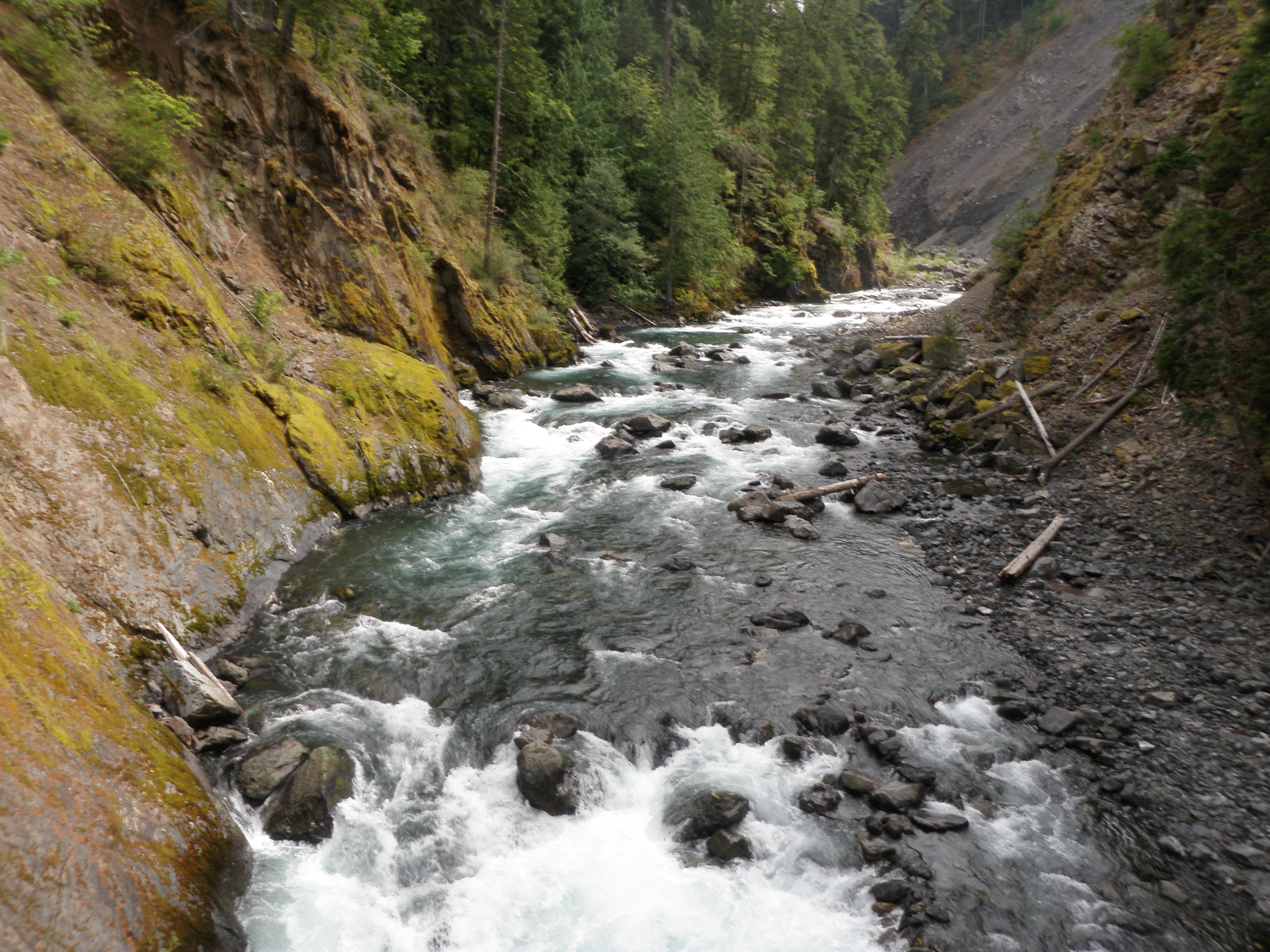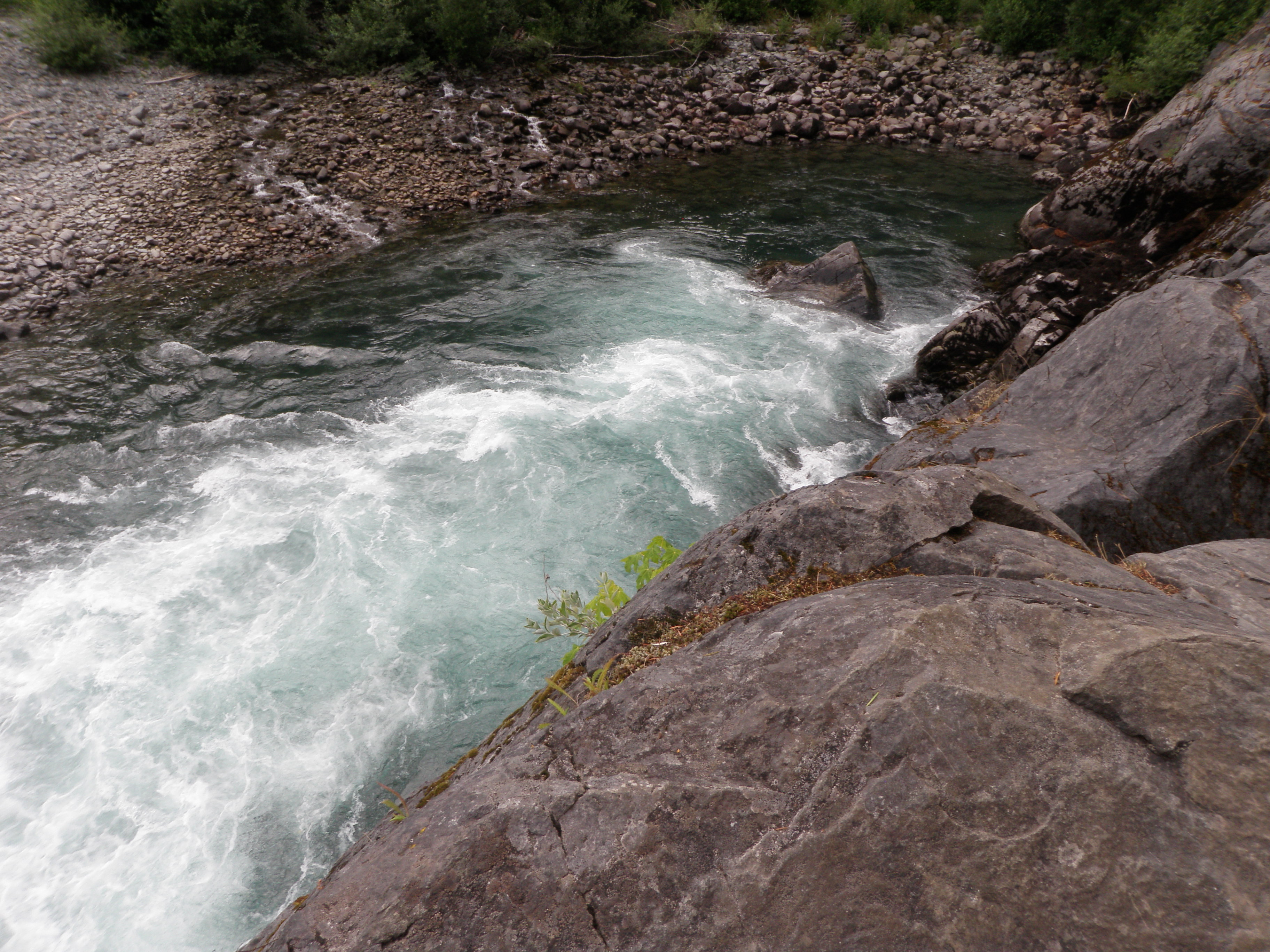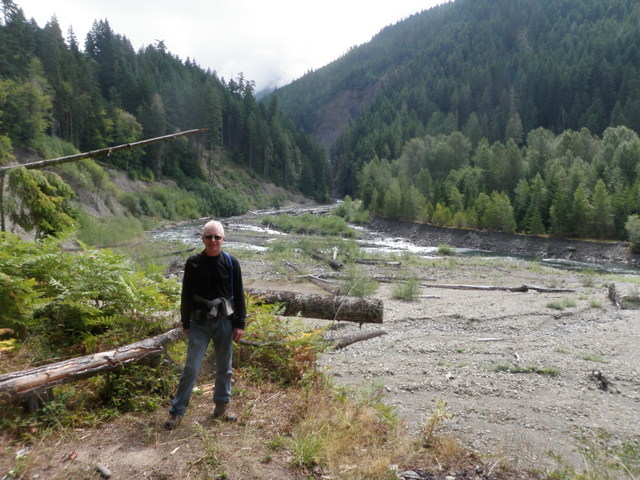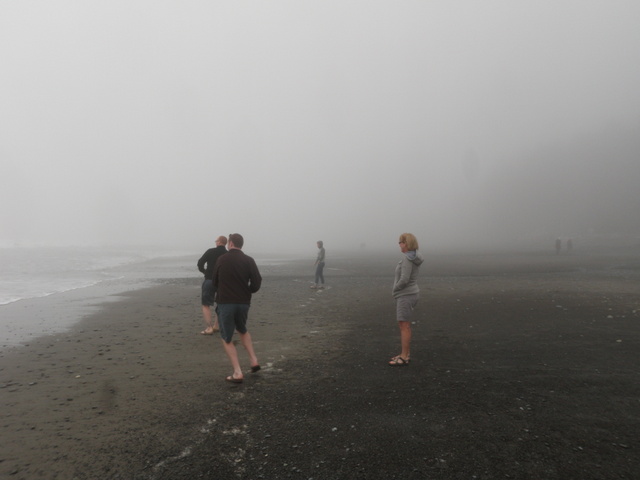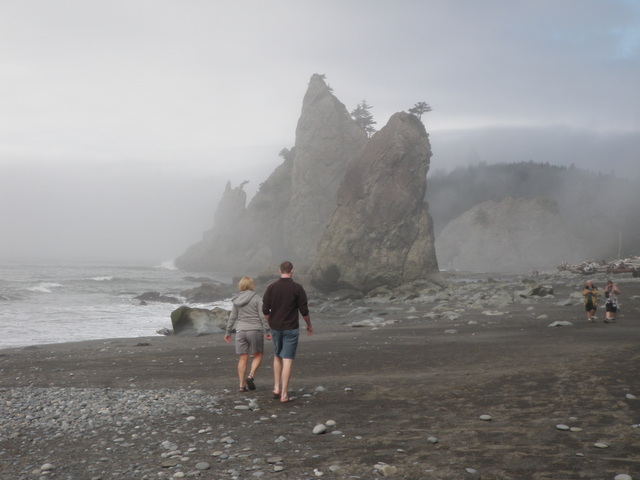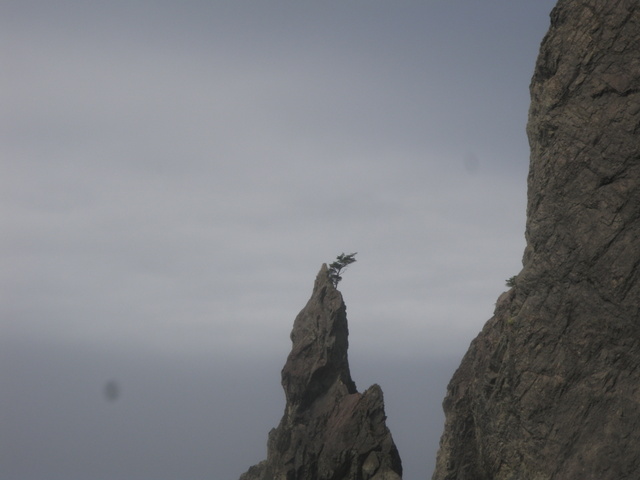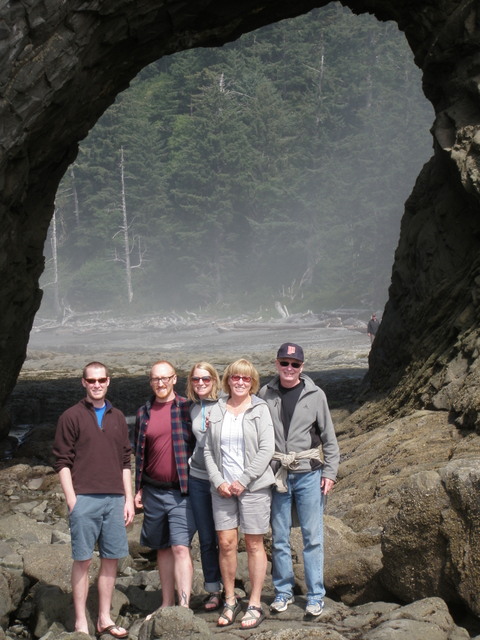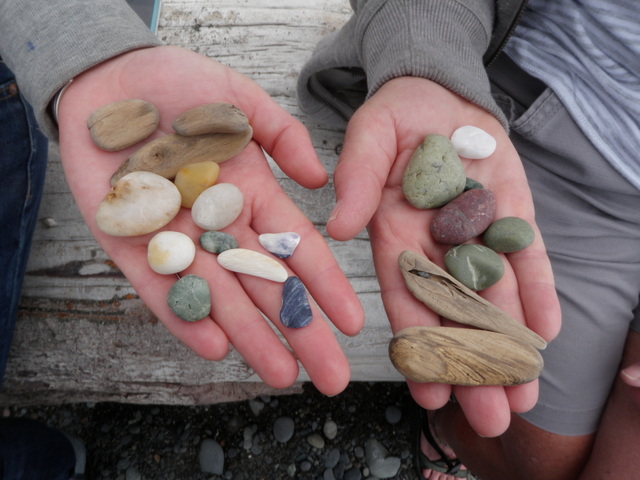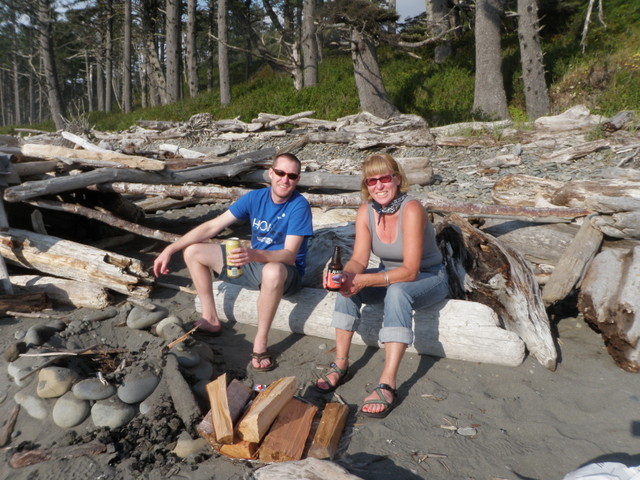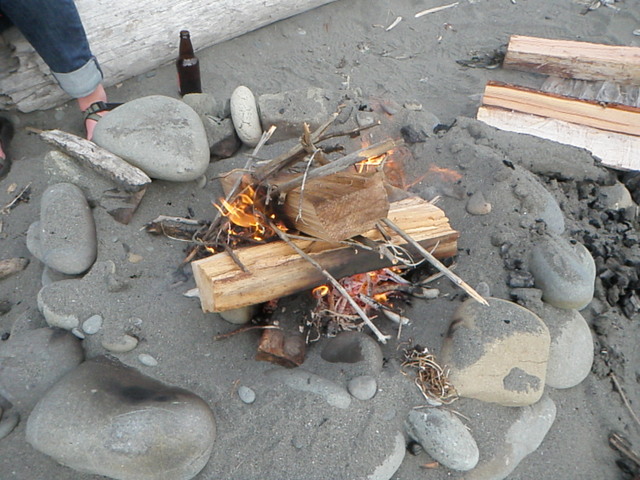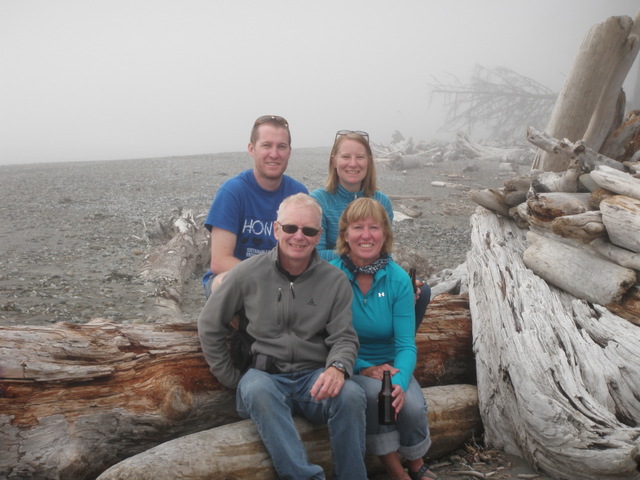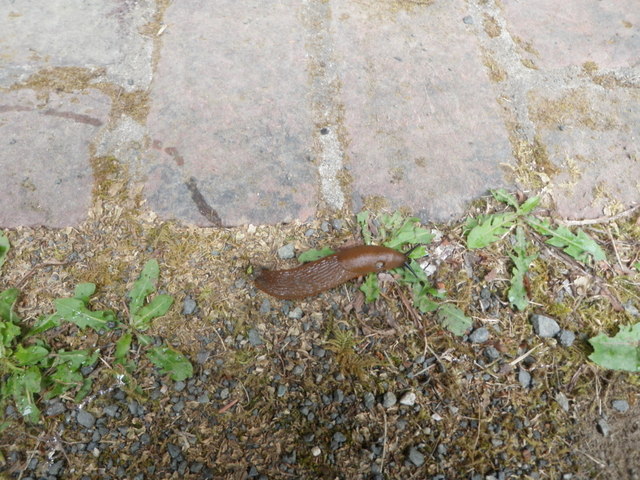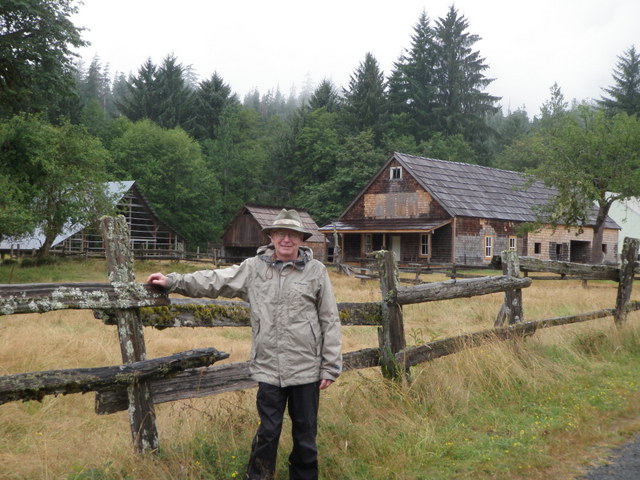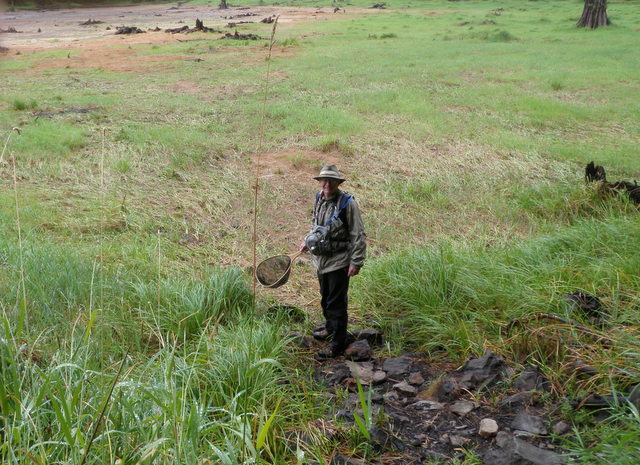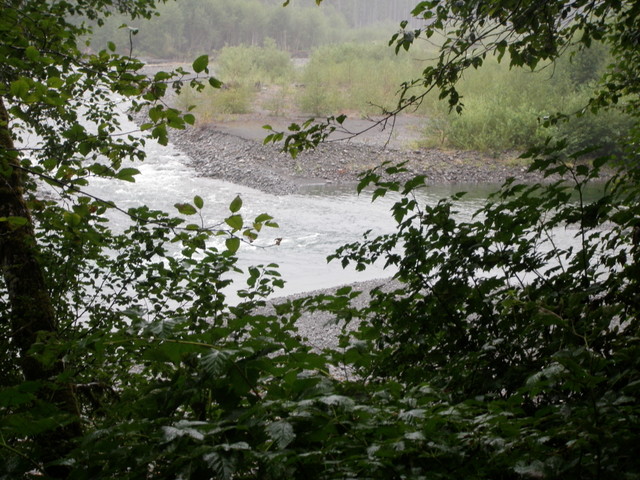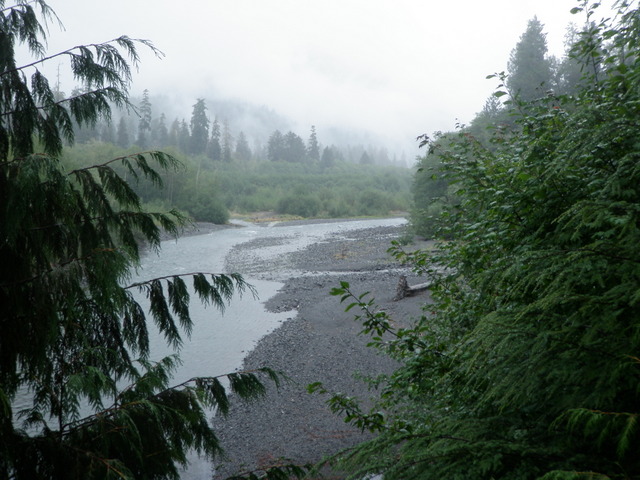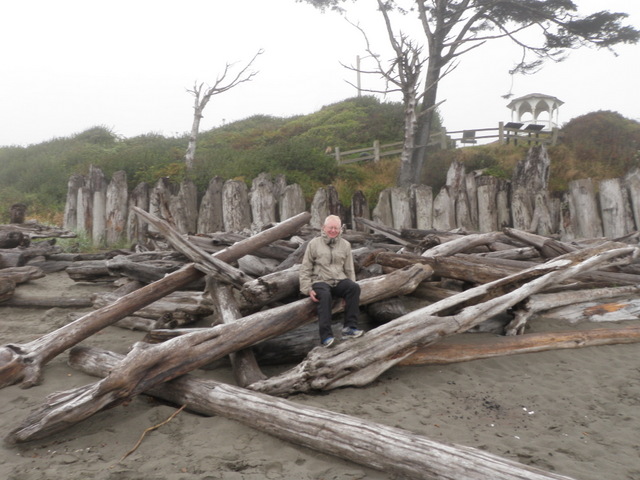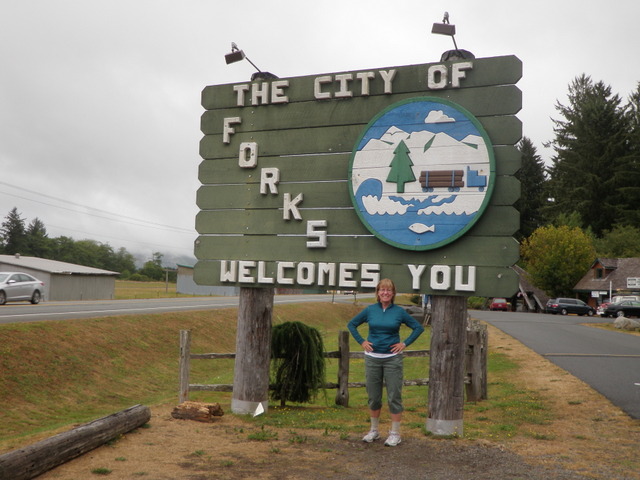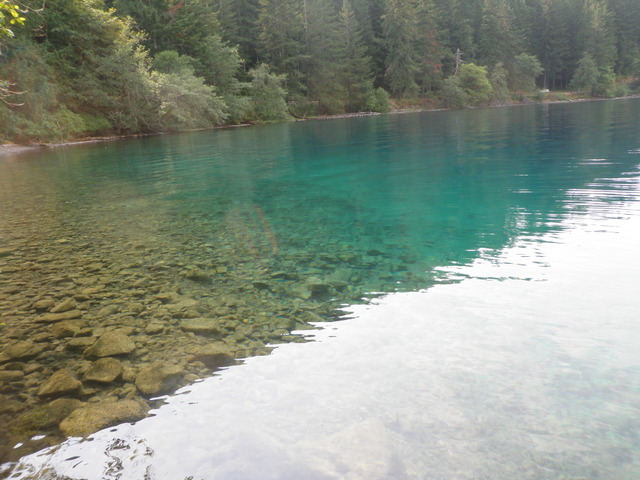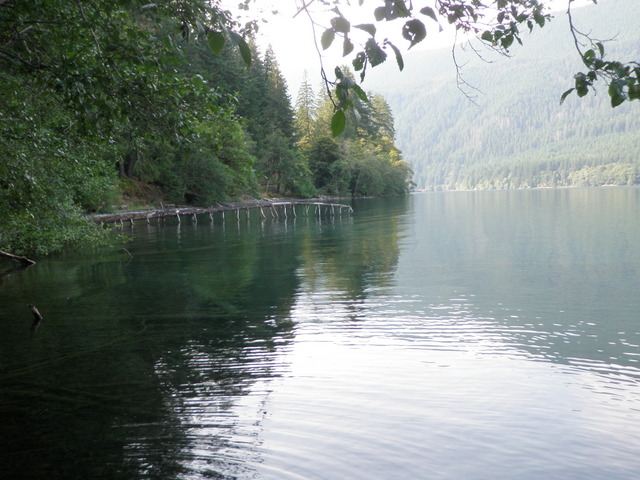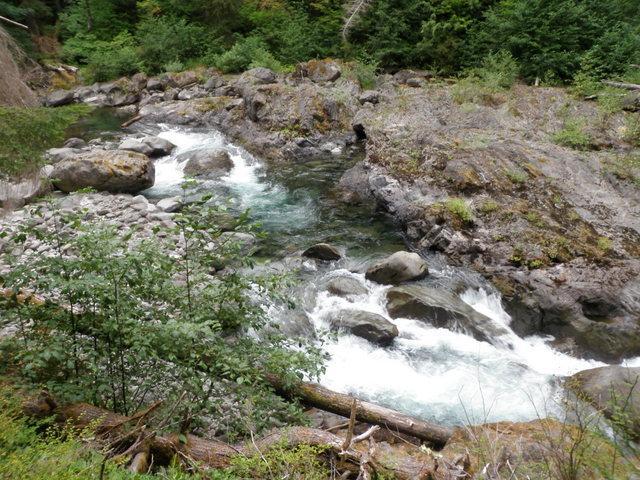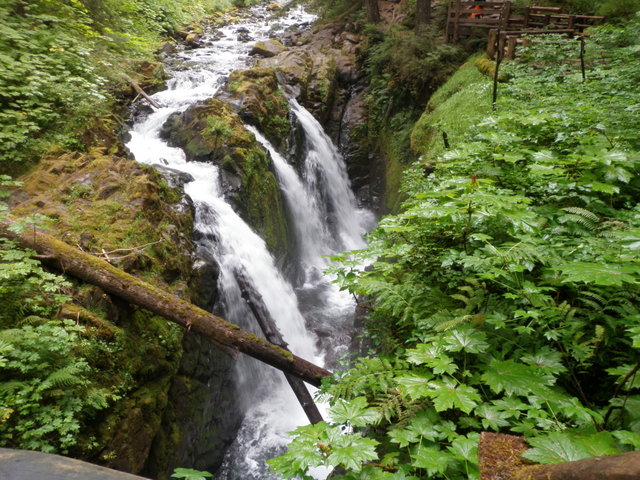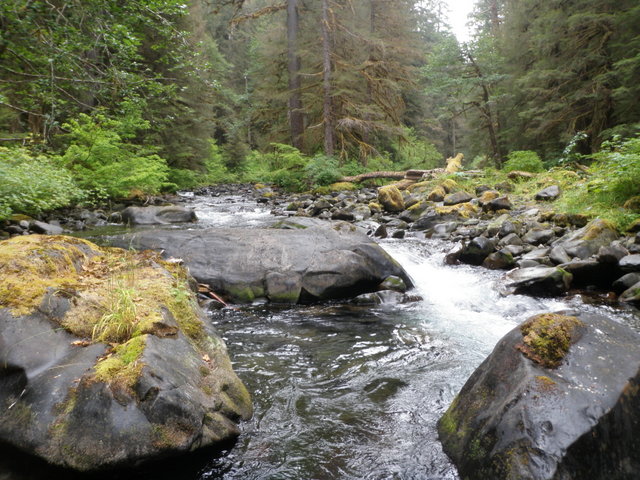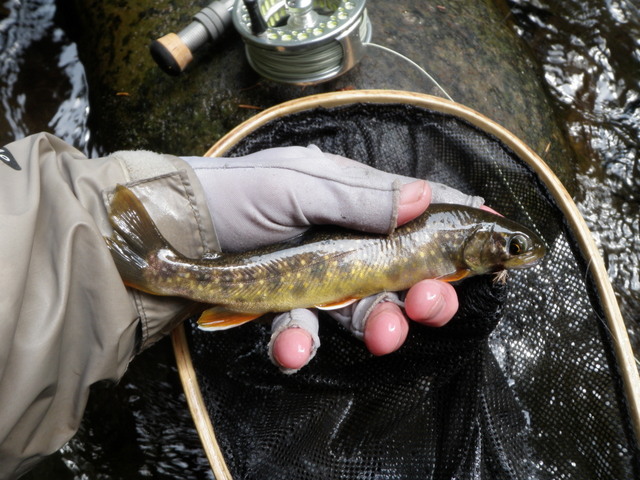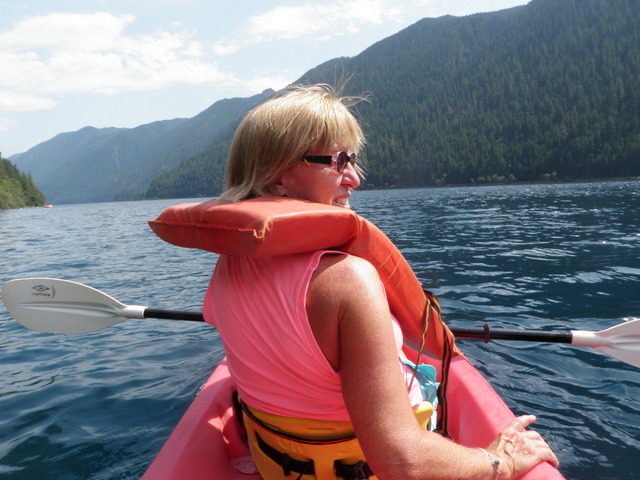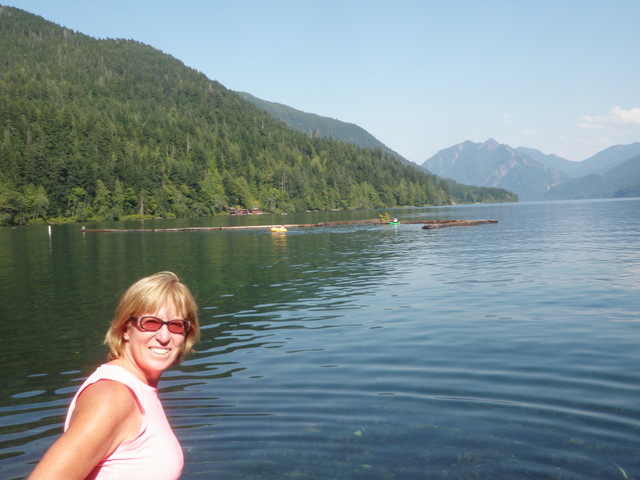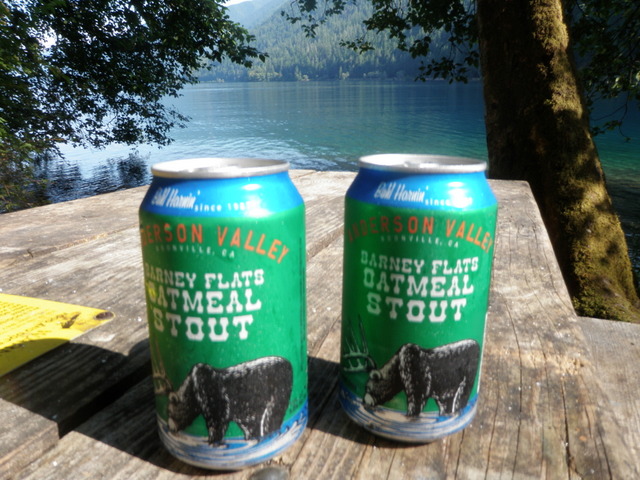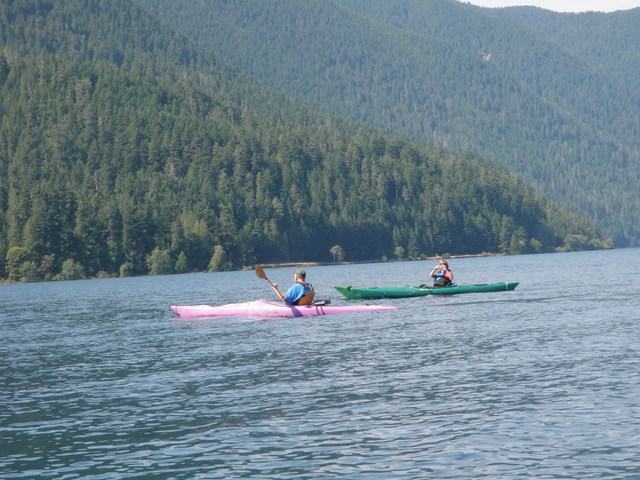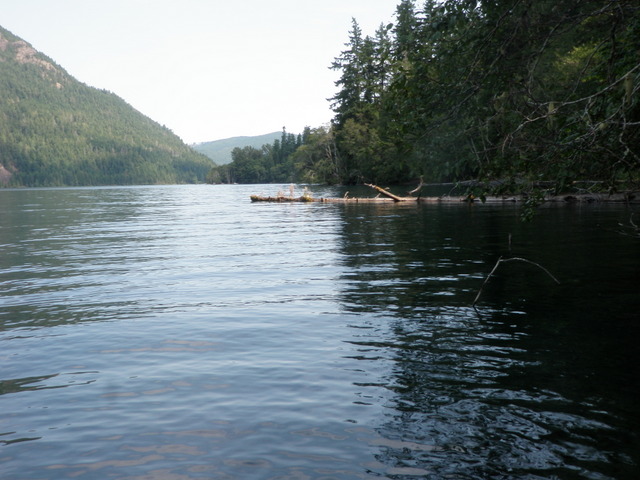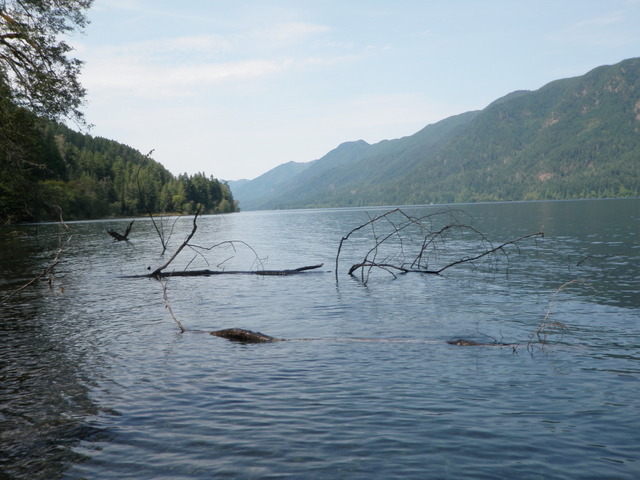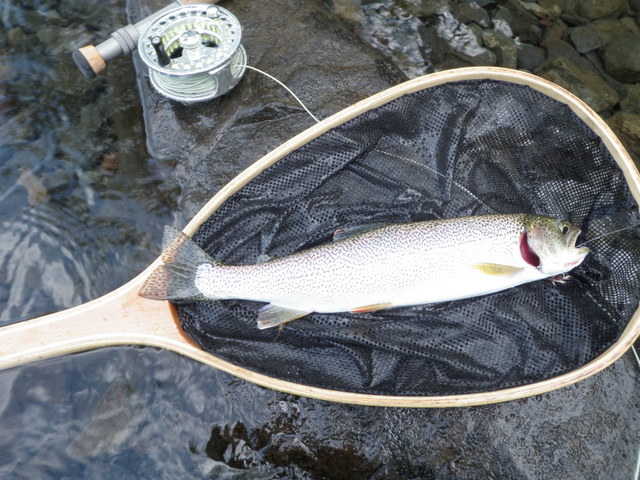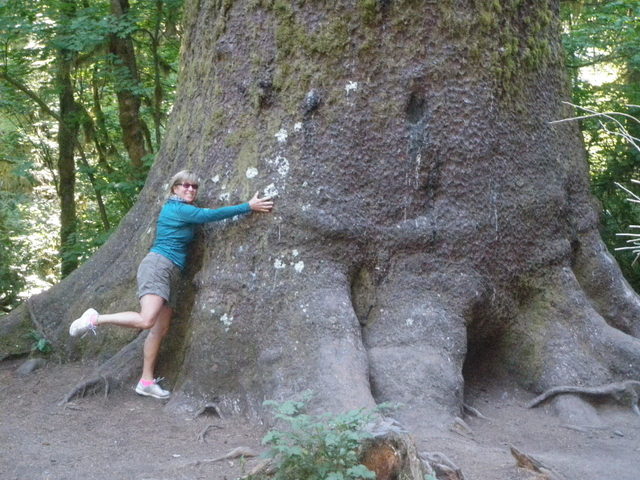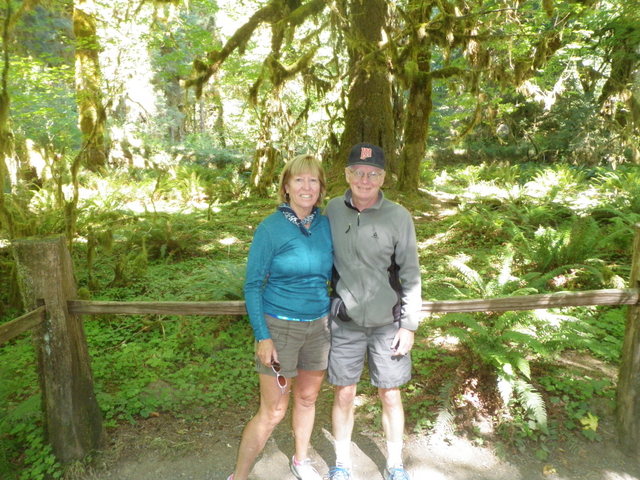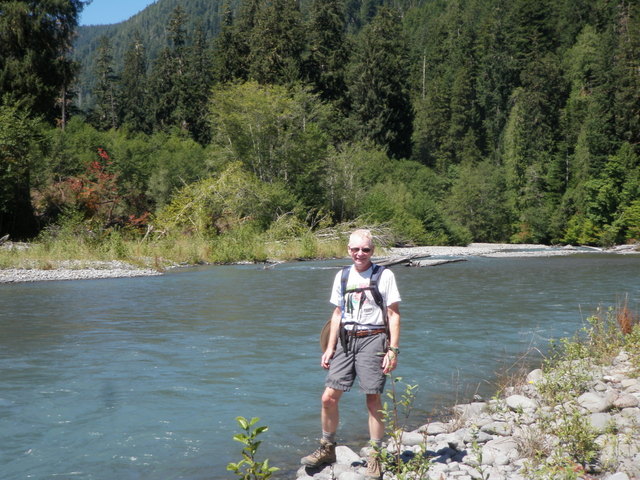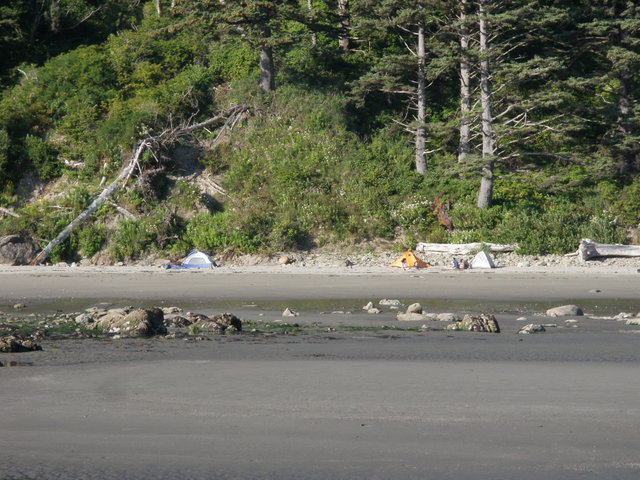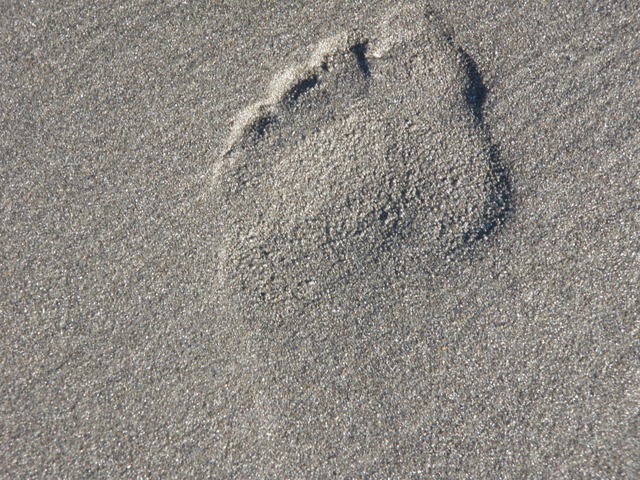Time: 10:30AM – 4:00PM
Location: From point where the canyon narrows back toward the campsite where we stashed our gear.
Fish Landed: 23
South Platte River 08/22/2014 Photo Album
The South Platte River below Lake George remains one of my favorite spots to get away from it all. The size of the fish is a bit lacking, but the location is remote, and there are a large quantity of fish, and I love the solitude. My son, Dan, is also a fan of the South Platte, and he was back in town for a week before resuming classes at Fuqua Graduate School, so we scheduled a day on the river.
We camped at Round Mountain Campground on Thursday night and withstood some light rain. We woke up at around 7AM on Friday morning, and after a quick breakfast we drove the eight or nine miles required to arrive at the trailhead. It was quite overcast as we hoisted our packs on our backs and began the three mile hike to our typical staging area where we pulled on our waders and strung our rods. The sky was even darker than when we left, so we both decided to wear our rain jackets, and this proved to be a smart decision as it drizzled and rained lightly off and on during our morning fishing.
I never fished this stretch of the South Platte River when flows were above 180 cfs, so I was a bit concerned that it would be difficult since the DWR web site registered 200 cfs. However, as we approached the water it appeared that the higher flows would not be an issue. Nice deep pockets were visible as usual, and there were spots where a fisherman could carefully cross to the opposite bank. In fact Dan accepted that challenge and worked his way across so he could fish the east bank while I patrolled the west side. We both began with a Chernobyl ant and beadhead hares ear, and we probably should have offered something different to see what the fish might be looking for, but based on past experience we were confident that these flies would appeal to South Platte River trout.
I quickly began picking up fish on the hares ear, and Dan was also recording a nice quantity of hook ups, but for some reason they were resulting in long distance releases. By the time we decided to break for lunch at 12:45PM, I accumulated sixteen fish landed, and quite a few were in the 6-8 inch range although a few larger rainbows and browns were in the mix. As Dan and I hiked back to the informal campsite that served as our staging area, the intensity of the precipitation increased from an intermittent drizzle to a steady light rain. It was not enough to prevent us from continuing, but enough to soak our raincoats and hats.
When we arrived at the staging area, we met a group of four campers/fishermen who had just arrived after completing the three mile hike. They were setting up their tents for a long weekend stay, and we chatted with them while we consumed our lunches. They were from Colorado Springs, and we noticed both fly rods and spinning rods in their arsenals. Dan and I finished our lunches and said goodbye to the campers and hiked back down the path to the location where we exited before lunch. It was 1:30 as we resumed fishing in the rain.
Dan once again negotiated a crossing, and I resumed prospecting the pockets along the right bank, but the action was slower than that which I experienced in the morning. I reached some gorgeous deep runs and decided to abandon the dry/dropper and try the indicator nymph method. Initially I fished a beadhead hares ear and a RS2, and in a deep narrow slot I brought at least four fish to my net as the trout hammered the hares ear as I lifted toward the tail of the drift. I shouted to Dan that deep nymphs were on fire, so he found a place to cross, and I set him up with the same configuration that I was using except I used a soft hackle emerger instead of the RS2 as his bottom fly.
The nymphing technique worked reasonably well and allowed me to land seven more fish in the afternoon session. The catch rate was down, but the fish were on average larger; however, I felt the fish landed in 2014 were smaller than my experience on previous trips. As usual my nicest fish of the day may have been the one that escaped. I hid behind a huge exposed boulder and flipped the nymphs above and into some nice riffles over moderate depth. As the indicator angled away from the boulder and floated toward the bank, it shot sideways, and I set the hook. This provoked a bright rainbow trout in the 13-14 inch range to launch from the stream, and in the process it tossed my flies from its lip.
The indicator nymph system required deeper water than the dry/dropper set up as the splash of the indicator was enough to spook fish in the more shallow pockets along the edge that produced fish in the morning. Despite the flows of 200 cfs, more edge pocket water became available as I waded upstream than deep runs and seams that matched the deep nymphing technique.
We decided to quit at 4PM just as a decent hatch of tiny size 24 BWO’s began. I also observed two quite large mayflies that appeared to be yellowish in color, and speculated that they might be flavs. In addition one or two pale morning duns may have been in the mix. I would have liked to stay longer to see what sort of aquatic emergence developed; but the rain, feeling chilled and Dan’s need to prepare for an early flight on Saturday trumped this desire.
Despite the rain and higher than normal flows, it was another fun day on the South Platte River. I always enjoy spending a day with my son, so catching a bunch of fish in a remote setting is merely icing on the cake. We both experienced a lot action although the size of the fish was down a bit, but the important thing is we caught fish and had a great time. I may try one more trip to this section of the South Platte River if the flows drop to the 80-120 cfs range.

